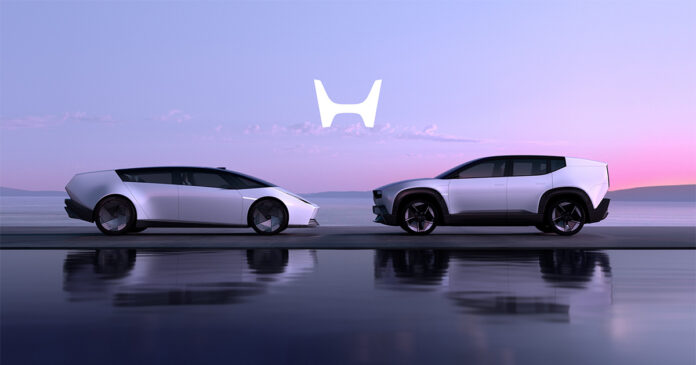Helm.ai, backed by Honda Motor, unveiled its camera-based autonomous driving system on Thursday and said it is in discussions with other automakers to bring the technology to mass-market vehicles.
The system, called Helm.ai Vision, uses images from multiple cameras to generate a bird’s-eye view of urban environments to support vehicle planning and control.
The California-based startup is working with Honda to integrate its technology into the 2026 Honda Zero series of electric vehicles. These EVs are expected to allow hands-free driving and let users take their eyes off the road.
Helm.ai’s approach focuses on vision-based systems, which aligns with Tesla’s strategy of using only cameras instead of more expensive sensors like lidar or radar. CEO Vladislav Voroninski said the company’s primary offering is vision-based, though it also has foundation models that work with other sensors.
Voroninski said the business model is based on licensing its software and foundation models to automakers. The company has raised $102 million so far and counts investors such as Goodyear Ventures, Korean supplier Sungwoo HiTech, and Amplo.
Helm.ai Vision is designed to run on various hardware platforms from companies like Nvidia and Qualcomm. This allows carmakers to integrate it with their existing systems for motion prediction and planning.
While some industry players rely on lidar and radar for added safety in poor visibility conditions, Helm.ai continues to focus on camera-based systems. Robotaxi operators such as Waymo and May Mobility use a mix of sensors to support autonomous driving.























